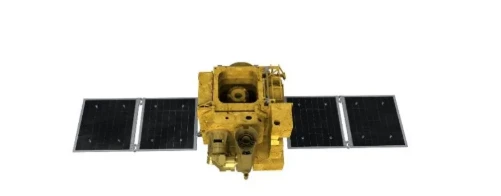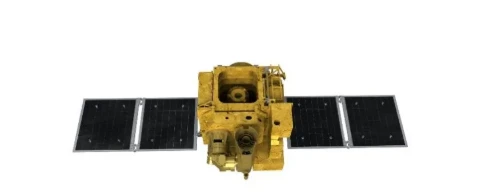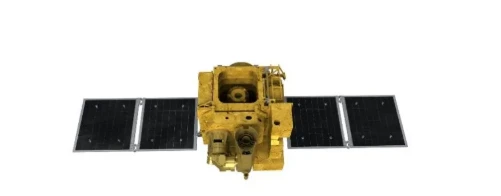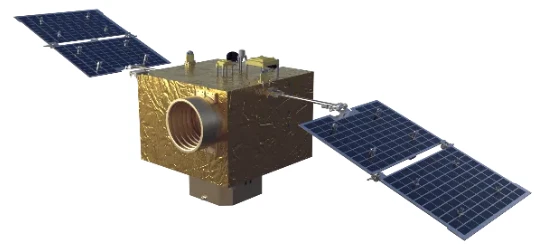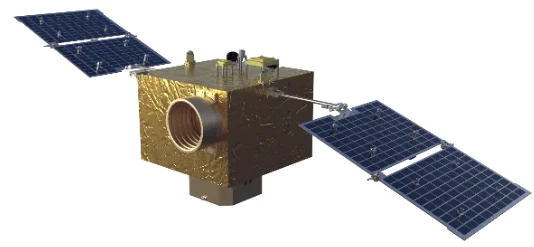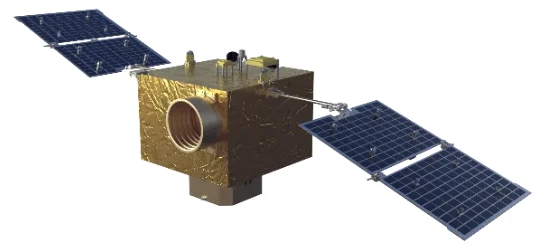
- afrikarra
- Albaniarra
- Amharikoa
- arabiera
- armeniarra
- Azerbaijangoa
- euskara
- bielorrusiera
- bengalera
- bosniarra
- bulgariera
- katalana
- Cebuano
- Txina
- Korsikera
- kroaziera
- Txekiar
- Danimarka
- holandarra
- ingelesa
- esperantoa
- Estoniarra
- Finlandiera
- frantsesa
- frisiera
- galegoa
- georgiarra
- alemana
- grekoa
- gujaratera
- Haitiko kreolera
- Hausa
- hawaiarra
- hebreera
- Ez
- Miao
- hungariera
- islandiera
- igbo
- Indonesian
- irlandera
- italiarra
- japoniarra
- javera
- Kannada
- kazakh
- Khmer
- Ruanda
- Korean
- kurduera
- kirgizera
- Lana
- latina
- letoniera
- Lituaniera
- Luxenburgera
- Mazedoniera
- malgaxea
- malaysiera
- malayalamera
- maltera
- maoria
- Marathia
- Mongoliera
- Myanmar
- Nepaliarra
- Norvegiara
- Norvegiara
- okzitaniera
- Paxtuera
- pertsiera
- poloniarra
- portugesa
- punjabera
- errumaniera
- errusiera
- samoarra
- Eskoziako gaelikoa
- serbiarra
- ingelesa
- Shona
- Sindhia
- Sinhalera
- eslovakiera
- Esloveniera
- somaliera
- gaztelania
- Sundanera
- Swahilia
- Suediera
- Tagalog
- Tajik
- Tamila
- tatariarra
- Telugu
- thailandiera
- turkiera
- Turkmenera
- Ukrainara
- Urdu
- uigurrera
- uzbekera
- Vietnamera
- galesera
- Laguntza
- Jiddisha
- Yoruba
- Zulua
Satellite Platforms In Remote Sensing: Enabling New Horizons In Earth Observation
The rapid advancement of satellite platforms has played a pivotal role in the evolution of remote sensing technologies. These platforms, which provide the fundamental framework to host remote sensing instruments, are crucial for gathering accurate and timely data about our planet. In particular, the rise of cubesat platforms has democratized space access, enabling more frequent and cost-effective Earth observations.
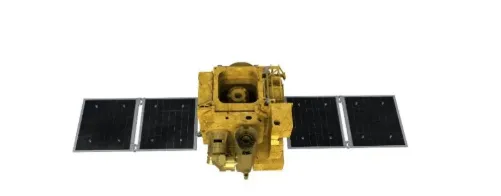
What Makes A Satellite Platform Essential For Remote Sensing?
A satelite plataforma integrates critical systems such as power management, thermal control, orientation, and data communication, supporting the functioning of sensors and instruments in orbit. When discussing satellite platforms in remote sensing, it’s clear that the design and reliability of these platforms directly affect the quality of imagery and data collected.
Traditional platform satellites are often large and capable of supporting multiple sophisticated instruments, providing comprehensive coverage and high-resolution data. However, their high costs and lengthy development cycles limit rapid deployment and replacement.
The Impact Of Cubesat Platforms On Remote Sensing
The emergence of cubesat platforms has revolutionized satellite missions by offering a standardized, miniaturized satellite solution. These compact platforms enable quicker development and launch schedules, significantly reducing costs.
Despite their small size, cubesat platforms can carry advanced multispectral and hyperspectral sensors, expanding the applications of remote sensing in areas such as agriculture, environmental monitoring, and disaster management. The deployment of cubesat constellations allows for increased revisit times and enhanced temporal resolution of data.
Future Directions For Satellite Platforms In Remote Sensing
Innovations in satellite platform in remote sensing focus on integrating more adaptable payloads, improved power efficiency, and enhanced communication capabilities. Modern platforms increasingly leverage satellite internet and VSAT systems to ensure high-speed data transfer from orbit to Earth.
Moreover, satellite as a service models are making remote sensing data more accessible to a broader user base, facilitating cloud-based analytics and real-time monitoring.
In summary, satellite platforms, especially the versatile cubesat platforms, are transforming the landscape of remote sensing. Their continued development promises more affordable, frequent, and detailed Earth observations, supporting a wide range of scientific, commercial, and environmental applications.






